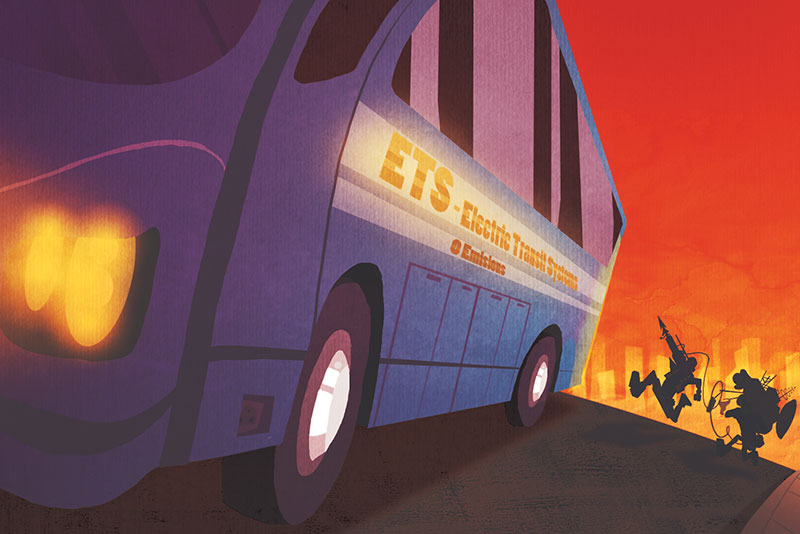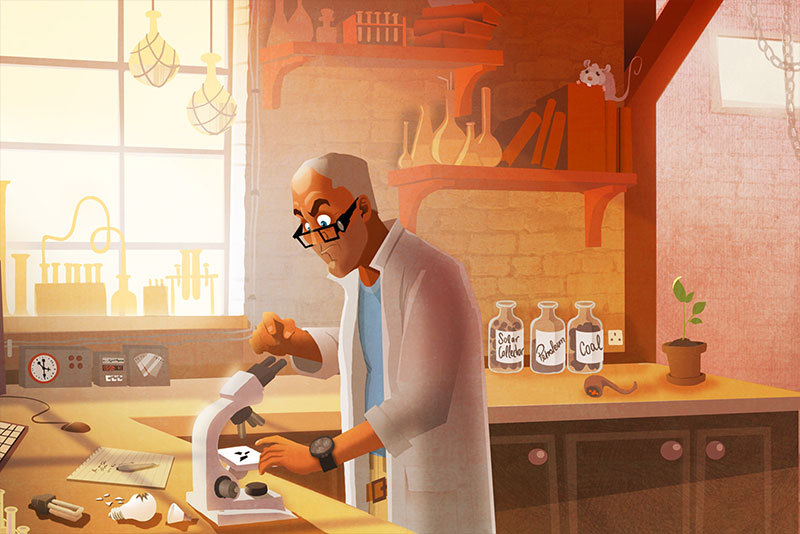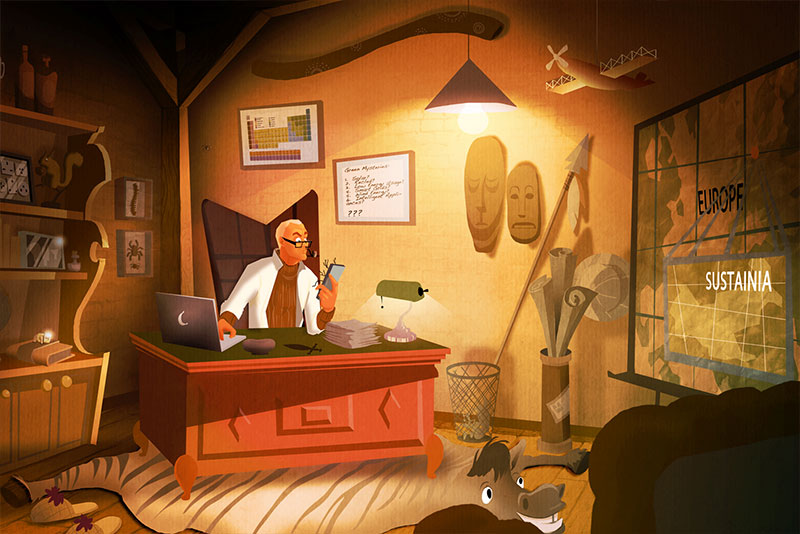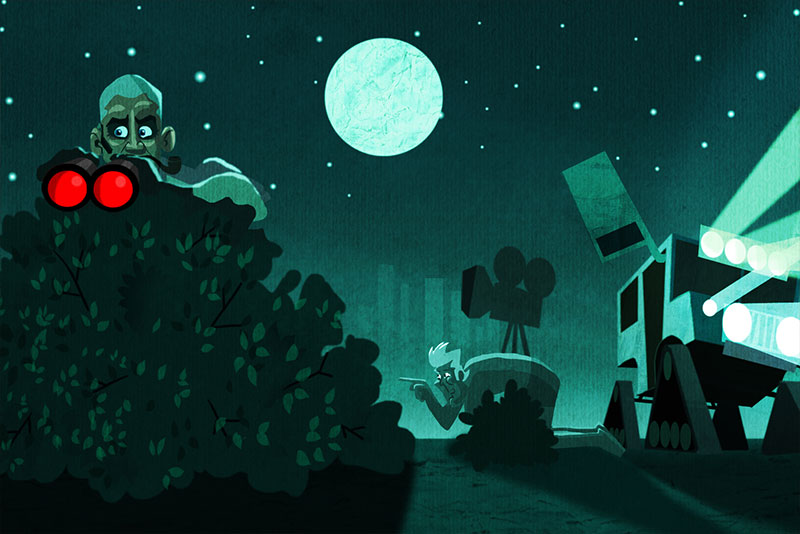Project Green Light
2010-2011: A one-year project
Immediately after the failed COP15 UN Summit, I felt really depressed to be honest. I couldn’t believe how big egos ruined the process the way they did and how world leaders were turning their back on addressing climate change at that critical point in time.
For too long, the most important agenda of our time had been dominated by pictures of deserts, fires, earthquakes, and polar bears –- followed by long lists of restrictions and obligations. That way of addressing sustainability would never create the needed demand for climate and sustainability solutions from the masses.
Project Green Light was founded to develop a new and exciting way to communicate climate change and sustainability –- to analyze what didn’t work and then develop a new set of principles for making the agenda exciting. It was an alliance of 16 multinational companies, 6 organizations, and a handful of the best communication experts within climate change who joined forces for a year.
I headed, led, and designed the project and my goal was to revitalize an agenda I cared so deeply about by making the narrative inspiring, engaging, attractive and appealing.
Here are some of the outcomes of the project. But the biggest achievement of this project was probably how it paved the way for the Sustainia organization by writing the “Guide to Sustainia” as one clear example of a new sustainability language.
Revitalizing momentum after a depressing COP15 Climate Summit
During a range of expert workshops and seminars, the Project Green Light developed 9 principles for successful communication on climate change and sustainability plus it identified key barriers. The principles were widely distributed via our partner network with the objective of making the narrative more inspiring. They also became the founding principles of the Sustainia Way of Communicating Sustainability -- see more in the Guide to Sustainia chapter on language.
World-class comms experts joined forces with global corporation
Corporations: General Electric, Microsoft, DONG Energy, CISCO, DNV, Philips Lighting, SAS Scandinavian Airlines, Knoll, Tetra Pak, VELUX, InterfaceFLOR, IKEA, Velux, Vestas, BIG, and Futerra.
NGO’s and Organizations: WWF Earth Hour, Climate Group, Green Growth Leaders, Centre for Social Markets, Chinadialogue, and Realdania
An Animation Series
In collaboration with people from Pixar and Disney, we developed a unique and fun approach to communicate about sustainable solutions: "The Mission: Sustainia". The animation series follows a professor and his assistant as they explore “Sustainia” and the different technologies and way of life there. Through them we get to investigate sustainable technologies by using humor and storytelling. All Artwork is developed by David Tart.
Making a sustainable future exciting: Guide to Sustainia
The book “Guide to Sustainia” was developed in the Project Green Light since one of the established goals of the project was to design and clearly describe our vision for our societies in 10 years’ time. The goals included making the notion of sustainability and sustainable living easier to grasp and relate to and providing people with a positive and inspiring vision while reducing complexity. The Guide to Sustainia describes a documented and fact-based vision of what a sustainable world would look like and be like to live in. The success of that concept kickstarted the development of the Sustainia organization. You can download the "Guide to Sustainia" here.
Principles for Communicating Climate Change & Sustainability
These were the principles for communicating sustainability in organizations that were developed in numerous expert workshops over the course of a year and hosted by the Project Green Light:
1 - Paint a positive picture/vision:
Be clear about where you want to take people. Communicate the desirable target and the benefit of chosing your product and/or solution.
2 - Use words that inspire to action:
Use words that are inspiring and minimize the use of dates, percentages, and figures when selling a desirable product. People want desirable things.
3 - Make it relevant and achievable:
Make sure you provide your customer or your employee with very clear actions and/or goals they can then carry out. Make it relevant, understandable, important, and achievable. Keep it simple and show them that it is possible to overcome obstacles. Demonstrate by example.
4 - Know the people you are talking to and talk TO them, not AT them:
People do not like to be told what to do or talked down to. Never preach. Inform and engage in dialogue.
5 - Be honest, open, and transparent:
Never tell half the story. Be honest about your products, your strategy, and your situation. This will make people listen and trust what you’re saying and claiming.
6 - Stress the business case:
Stress the benefits, advantages, and the savings. Many customers believe that cheap products cannot include environmental considerations and that products will be more expensive if they become environmentally friendly.
7 - Put your money where your mouth is:
People are generally skeptical towards “green strategies”. Never over-claim and make sure that you, throughout your value chain, are doing what you say you are doing. Simply, practice what you preach.
8 - Prioritize storytelling and your relations to media:
Tell stories! Abstract nouns are not stories that will sell. A good story will often have a dark side or a potential negative consequence. If the story you are selling is too positive, make sure that the journalist also includes the negative story to keep things in balance.
9 - Make sustainability fun and desirable:
Remember, you are marketers selling a desirable and attractive lifestyle. You are not selling moral obligation or bad conscience. Make it fun and attractive instead of boring and complicated. You are selling an improved quality of life.










